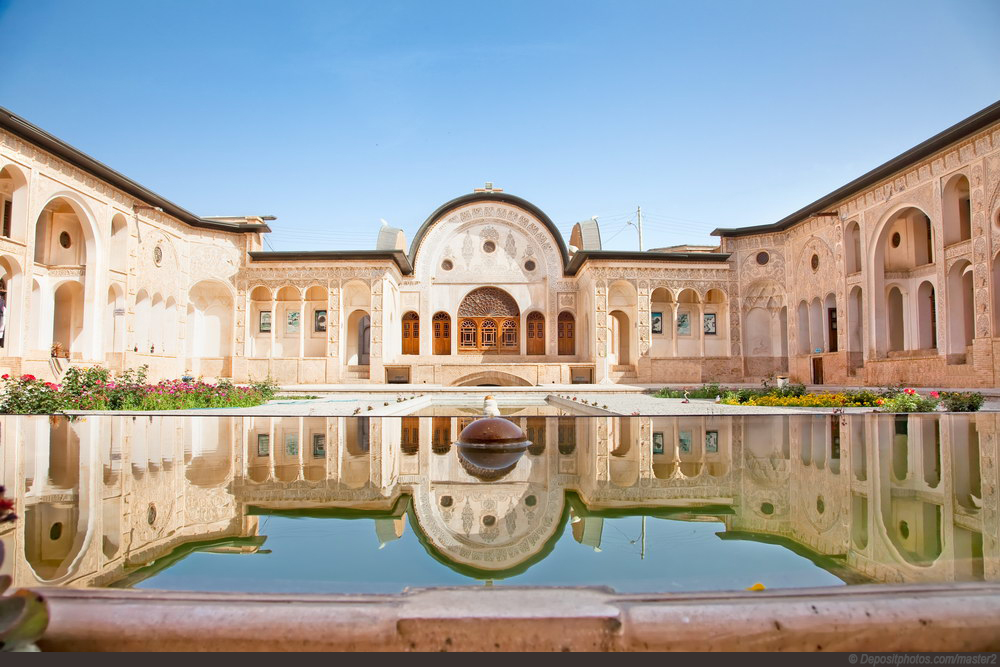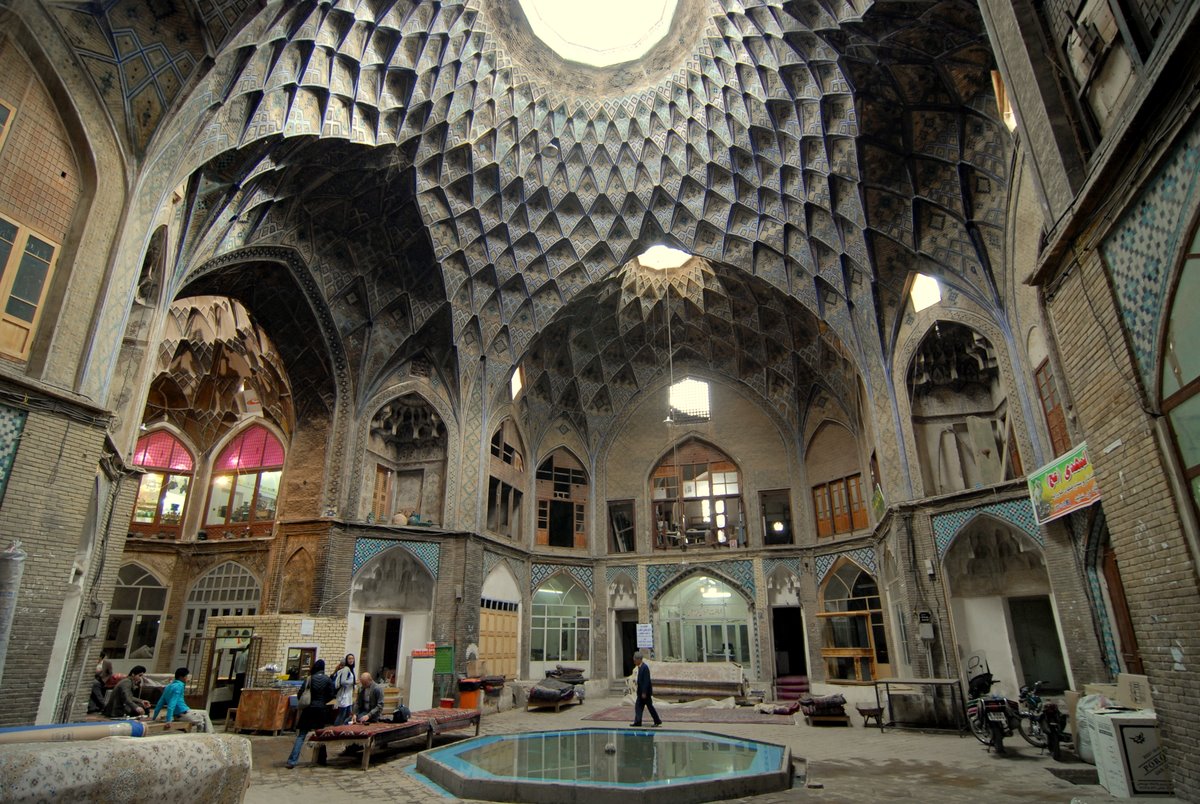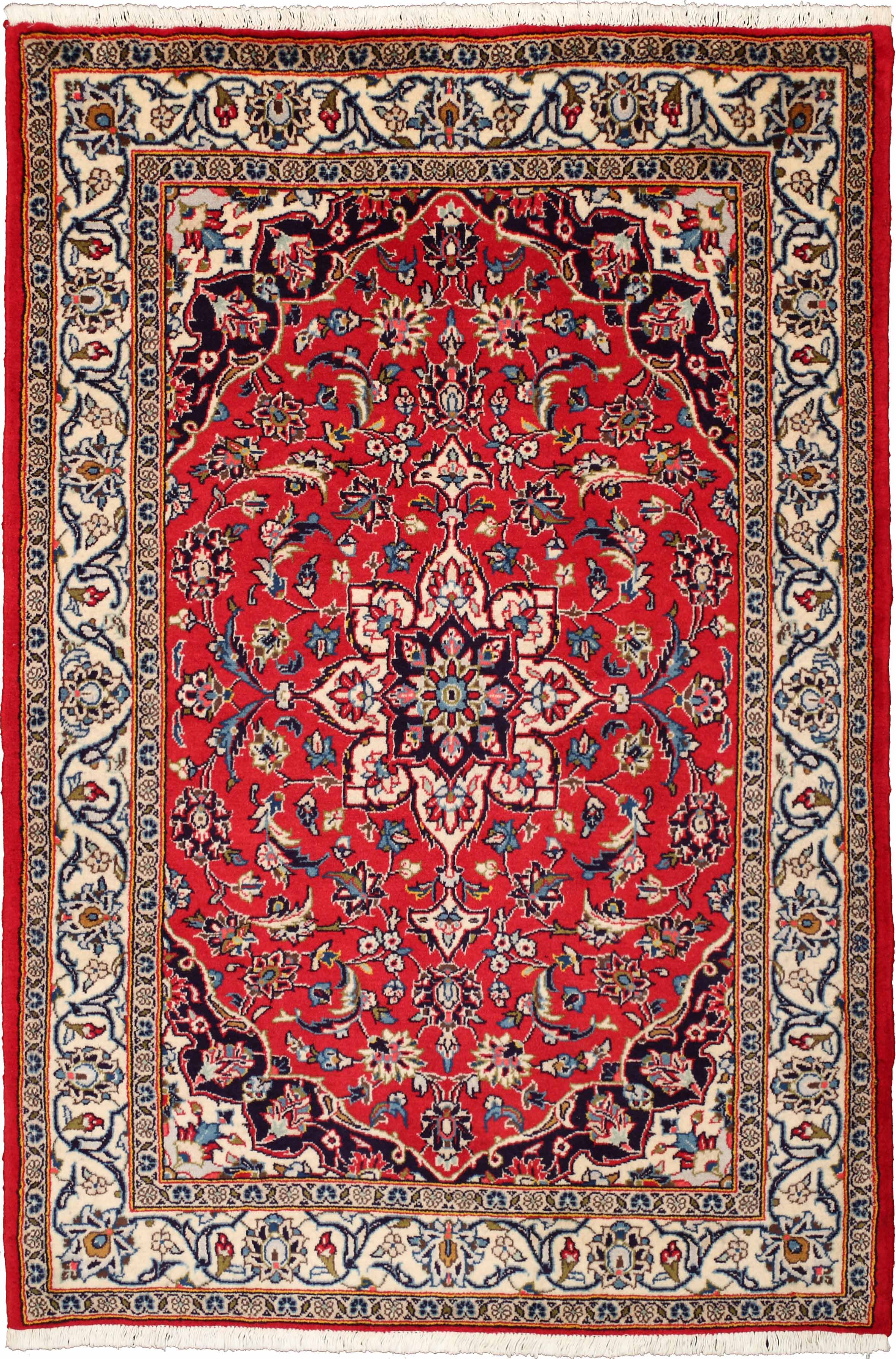City of Kashan
Kashan is a city in the Isfahan province of Iran. Kashan is the first of the large oases along the Qom-Kerman road which runs along the edge of the central deserts of Iran. Its charm is thus mainly due to the contrast between the parched immensities of the deserts and the greenery of the well-tended oasis. Archeological discoveries in the Sialk Hillocks which lie 2.5 miles (4 km) west of Kashan reveal that this region was one of the primary centers of civilization in pre-historic ages. Hence Kashan dates back to the Elamite period of Iran. The Sialk ziggurat still stands today in the suburbs of Kashan after 7000 years. After world known Iranian historical cities such as Isfahan and Shiraz, Kashan is a common destination for foreign tourists due to numerous historical places.
.jpg)
Tourist Attraction
Sialk Hill, is the remains of an ancient city, with the world's oldest zigurat, dating to the 3rd millennium BC. The oldest settlement in Sialk dates back to more than 7000 years ago. The site is still under excavation. The remains of people who used to live there can be seen.
Boroujerdi ha Residence. The house of Boroujerdi, belonging to a trading family who migrated to Kashan, was built over a hundred years ago. The construction date can still be seen on the covered inscription of the building, completion of which took 18 years of work by tens of laborers, architects and master painters. Since exceptional attention has been paid to all minute architectural details demanded by the geographical and climatic conditions of the area, the house has attracted considerable attention of architects and recognition from Iranian and foreign scientific and technical teams.
Tabatabaie Residence A large house with several courtyards, which once belonged to a wealthy merchant. Experience how well the wind towers work. It consists of delightful wall paintings with elegant stained glass windows and includes other classic signatures of Traditional Persian residential architecture such as biruni and andaruni.

Ameri-Ha (Amerian) House is a traditional house in Kashan built in the mid 19th century during the Qajar era, the house is one of several large spectacular old houses in the central district of Kashan.
Like the other houses around it, it was re-built after Kashan was ravaged by a series of massive earthquakes in the 18th century. The house is now a public museum.
Abbasian House is a large traditional historical house built during the late 18th century, the house is a beautiful example of Kashani residential architecture. It is said to have been the property of a famous cleric. It has six courtyards that would fit the needs of different families. One of the chambers has a ceiling designed with mirror pieces so as to give the impression of a starry sky under the nocturnal glitter of candlelight. The house is now a public museum.
Kashan Bazaar the bazaar with fantastic its mudbrick architecture is one of the jewels of the city. Pay a small amount to one of the touts hanging around the bazaar and you will be led to the roof of the bazaar, you can get an idea of the technical marvel of building such large structures from mudbricks and have a wonderful view over the old city.

Traditional skills of carpet weaving in Kashan

Long a centre for fine carpets, Kashan has almost one in three residents employed in carpet-making, with more than two-thirds of the carpet-makers being women. The carpet-weaving process starts with a design, elaborated from among a series of established styles, including motifs such as flowers, leaves, branches, animals and scenes taken from history. Woven on a loom known as a "dar", the warp and woof are of cotton or silk. The pile is made by knotting wool or silk yarns to the warp with the distinctive Farsi knot, then held in place by a row of the woven woof, and beaten with a comb. The Farsi weaving style (also known as asymmetrical knotting) is applied with exemplary delicacy in Kashan, so that the back side of the carpet is finely and evenly knotted. The colours of Kashan carpets come from a variety of natural dyes including madder root, walnut skin, pomegranate skin and vine leaves. The traditional skills of Kashan carpet weaving are passed down to daughters through apprenticeship under instruction from their mothers and grandmothers. Apprenticeship is also the means by which men learn their skills of designing, dyeing, shearing, loom-building and tool-making.

